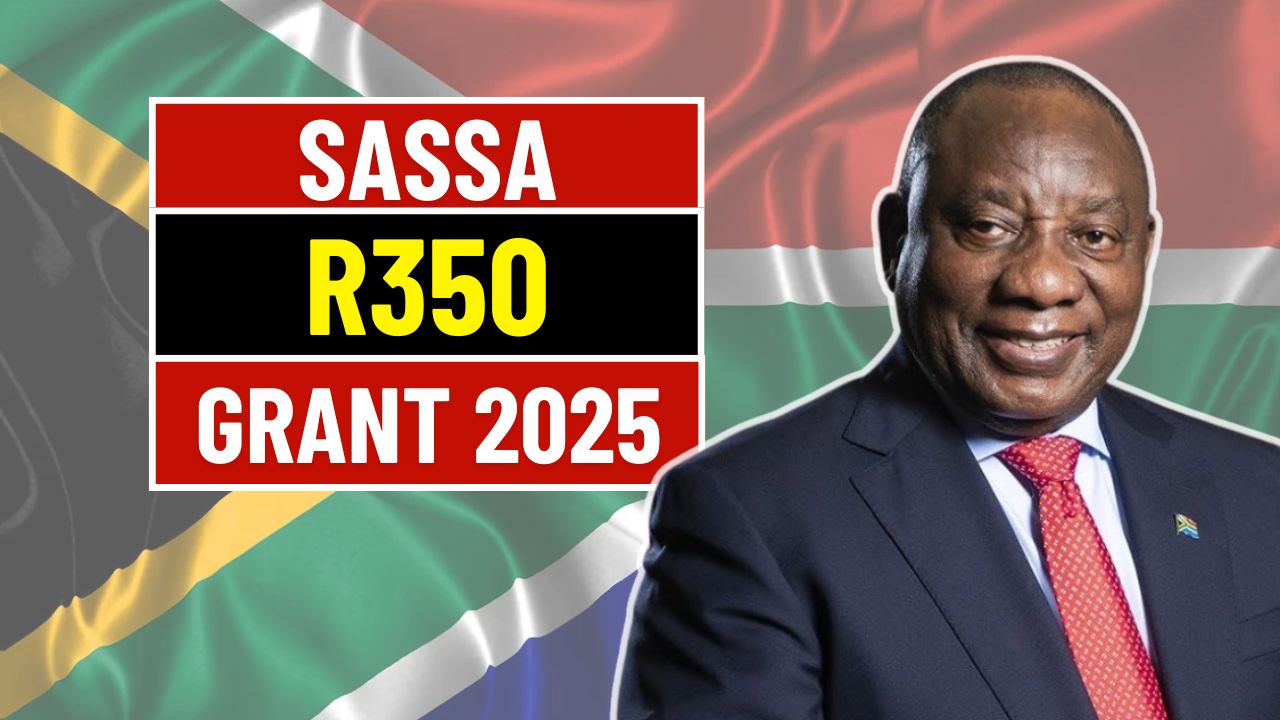South Africa has entered 2025 with a social‑policy reset aimed squarely at easing the pressure of record‑high food, fuel, and utility costs. An expanded network of social grants now puts larger sums into the hands of pensioners, unemployed adults, and caregivers each month. By boosting direct transfers, the Department of Social Development has delivered quick, tangible relief to families that previously struggled to cover even the most basic expenses.
Table of Contents
Housing Ladder Finally within Reach
Alongside higher social grants, government has introduced a first‑time buyers’ housing subsidy that reduces the upfront costs of securing a home. Targeted mainly at urban and peri‑urban workers, the scheme lowers deposit requirements and offers favourable mortgage terms. For thousands of low‑ to middle‑income earners, the programme transforms the dream of ownership from distant hope to achievable goal, supporting wealth creation and neighbourhood stability.
Grocery Bills Ease as Supply Chains Heal
Early indicators show a marked slowdown in food inflation. Strategic agricultural subsidies, combined with sturdier domestic supply chains, have steadied the prices of staples such as maize, bread, and cooking oil. Retailers report that shelves remain better stocked than in previous years, reflecting smoother logistics and a more predictable flow of farm produce from rural areas to city markets.
Power Stability Heralds Lower Utility Strain
Electricity costs, long inflated by frequent load‑shedding, are beginning to stabilise as renewable energy projects and independent power producers feed additional capacity into the grid. Reduced outages mean households can budget more accurately for monthly utilities, while businesses benefit from fewer production stoppages an essential shift for broad‑based economic recovery.
Jobs Bloom through Public Works Surge

Complementing these cost‑relief measures is a revival of large‑scale public works. Transport corridors, renewable‑energy installations, and digital‑infrastructure builds are generating thousands of positions, particularly in regions previously starved of formal employment. Wages earned on these sites flow back into local economies, further stimulating demand for goods and services.
Skills Training Opens Doors for Youth
Crucially, the government has tied public‑works hiring to free vocational training in construction, information technology, and healthcare. Young South Africans gain accredited skills, making them more competitive in both local and international markets. The dual focus on employment and education aims to break long‑standing cycles of joblessness while elevating the country’s human‑capital base.
Long Road Ahead but Momentum Builds
Economists caution that deep‑rooted challenges inequality, underperforming schools, and structural unemployment will not disappear overnight. They emphasise the need for sustained investment, policy consistency, and vigilant fiscal management to ensure today’s gains do not fade. Nevertheless, the 2025 reforms represent a strategic pivot toward inclusive growth, signalling a renewed commitment to social justice.
A Year of Measured Hope
For the first time in years, South Africans are witnessing a coordinated assault on the factors that drive up living costs. Bigger social grants, new homeowner support, stable food and power prices, and fresh employment pathways together sketch a picture of cautious optimism. While obstacles remain, the policies rolled out in 2025 are already redefining the economic prospects of millions, offering a blueprint for lasting relief and shared prosperity.




